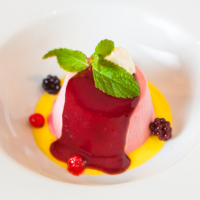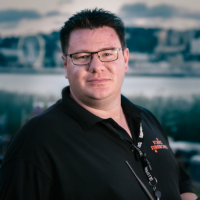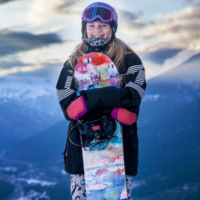
I was recently commissioned to undertake a shoot for multinational company in Sicily. I can’t discuss much about it except to say that the agency’s requirements were very specific; amongst other things, they needed exceptional sharpness and large files. The company, having previously used the Sony A7Rii on a shoot, said something with higher resolution was required – the images would undergo extensive post-production for the client’s needs. So, along with single shots of the product on one frame, I also shot multiple images using a grid system of 9 images per product (top left to right, 3 images; middle left to right, 3 images and bottom left to right, 3 images) resulting in a final image size of around 12GB.
So this was a real world test and, sadly, one for which I can’t provide many pictures – I can’t show the client’s images. The shoot took place over 4 days and the camera and lenses were on hire and had to go back on the day of return.
The options, to me were clear; the camera had to be medium format digital but which one? After much consideration, investigation and research, I opted for the Fuji GFX50s. Why? The ability to capture fine detail, the colour reproduction (Fuji’s are always good at capturing greens – which was part of the brief) and I already knew how to use the Fuji system from experience with the XT-1.
The other consideration was hire price. The brief had to come in on budget so along with everything else that had to be taken into account – camera, a variety of lenses, body, accessories, cards and additional batteries, the Fuji came in on budget.

Having had extensive experience with film medium format film cameras (Hasselblad, Rollei, Pentax and Bronica – 6×4.5 to 6×7), working with MF digital was no problem and the camera worked superbly well in the outdoor environment (mostly tripod mounted but also some handheld).
There wouldn’t, on the face of it, seem to be much difference between the Sony’s 42MP to the Fuji’s 51.4MP but the sensor size comes into play (35.9x24mm) versus (43.8mm x 32.9mm) and the ability to resolve fine detail (there’s no anti-aliasing filter and excellent shadow recovery along with superb dynamic range).
There were only a few minutes to take some images for this photoblog before the camera had to be returned. The weather was overcast and getting dark – images are handheld. Below are two 125% crops using ISO1250 at 1/160th of a second at f/4 on the 120mm lens macro lens.


The level of detail is superb as can be seen, noise is very well controlled as well. Colour rendition is also excellent.
For anyone who has used medium format, this is a delight of a camera. Having used it as a MF camera in the field on a commercial shoot (i.e. outside the studio environment but very much as you would use an MF film camera) I can recommend it. It’s a beautiful beast.
Product images: © Fujifilm – All other images: © Damian Davies / Lightworks Commercial Photography


















